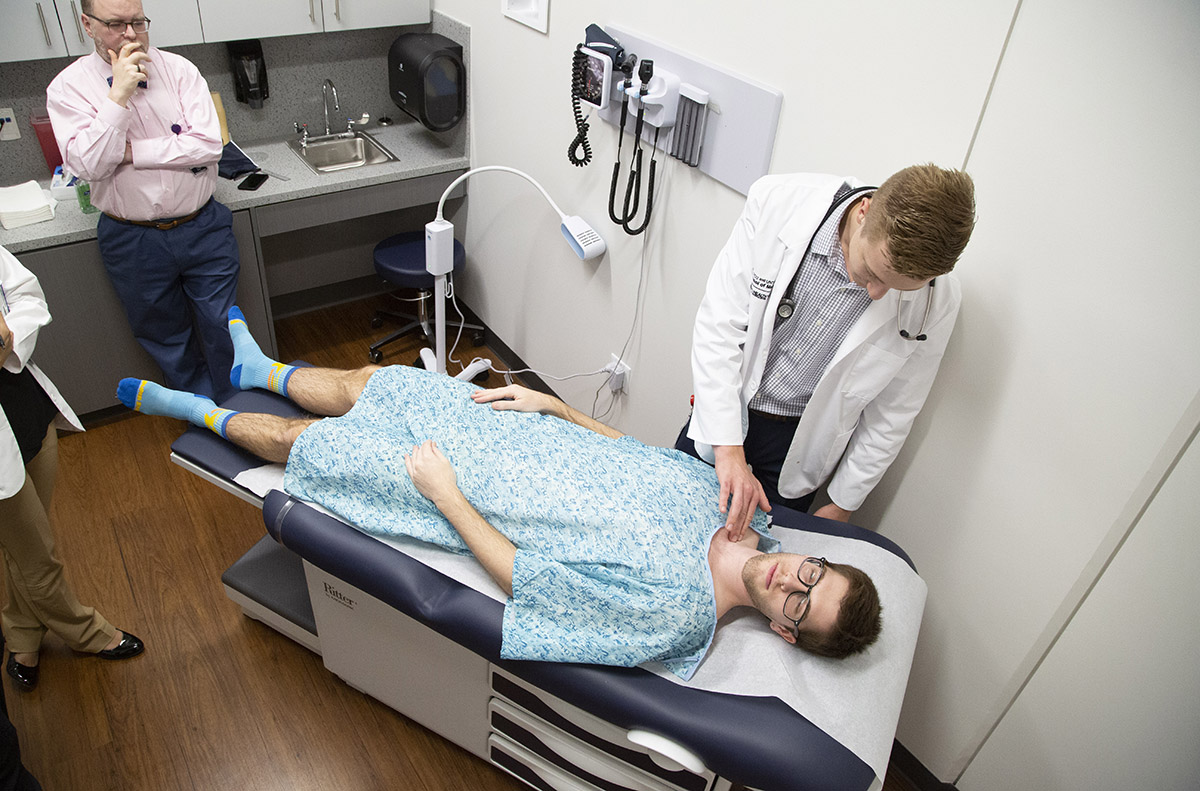Stress and anxiety are terms frequently used interchangeably in daily discussions, clinical settings, and self-help materials. Despite their common pairing, they signify separate psychological and physiological reactions. Achieving a clear comprehension of the distinctions between anxiety and stress is vital, not just for precise self-assessment but also for successful intervention, both individually and professionally.
Understanding Stress: How We React to Outside Pressures
Stress refers to the body’s response to any demand or challenge, often termed a stressor. These stressors can range from tangible events—like an upcoming work deadline or a heated argument—to intangible issues such as existential uncertainty or fear of the unknown. The stress response, sometimes called the “fight or flight” reaction, is a product of evolution. It provides a physiological boost—rising heart rate, rapid breathing, muscle tension—preparing the body to deal with perceived threats or pressures.
For example, a college student preparing for final exams may experience stress in the form of sleeplessness, irritability, and decreased appetite. These reactions typically subside when the exam period ends, revealing another key characteristic of stress: it is closely linked to external circumstances, and it generally dissipates when the situation resolves.
Anxiety Explained: The Ongoing Condition of Anticipatory Concern
Anxiety, while often triggered or amplified by stress, is rooted deeper. It is characterized by excessive, persistent worry or fear that is disproportionate to the actual threat, and it may occur even in the absence of a discernible stressor. Unlike the body’s stress response, anxiety is primarily psychological but can carry significant physiological symptoms—heart palpitations, gastrointestinal discomfort, muscle tightness.
For example, the same college student may feel persistent dread about failing, even when well-prepared, or fear imagined consequences—irrespective of the real likelihood. This anxiety may linger or recur even after exams are over, highlighting the pervasive, sometimes internalized nature of anxious states.
According to the American Psychiatric Association, anxiety differs from routine fear or stress responses in both intensity and duration. Persistent anxiety may interfere with daily functioning and is a hallmark symptom of several mental health disorders, including generalized anxiety disorder, panic disorder, and social anxiety disorder.
Key Distinctions: Timing, Initiators, and Length
1. Trigger Source: – Stress is nearly always linked to an identifiable external event or circumstance. Its onset follows a specific stimulus, such as a work project, relationship conflict, or financial worry. – Anxiety can develop without a clear, immediate cause. It may be generalized—manifesting as chronic worry about various concerns—or focused on unlikely possibilities rather than imminent scenarios.
2. Duration and Intensity: – Stress is typically short-lived, dissipating once the source of pressure is gone. Although chronic stress can occur, it remains linked to persistent, frequently tangible difficulties. – Anxiety is often more persistent, occasionally appearing without clear instigators, and can intensify to levels that are out of proportion to the situation or perceived dangers.
3. Symptom Profile: – Stress predominantly triggers bodily manifestations—tiredness, altered sleep patterns, muscle soreness, head pain—while emotional shifts like short temper are frequently observed. – Anxiety involves deep-seated mental indicators—unease, dread, persistent intrusive ideas—in addition to physical signs akin to those of stress, including accelerated heart rate or perspiration.
4. Functionality: – Stress has the capacity to both inspire and hinder. A moderate level of stress (eustress) might boost performance, for instance, an athlete’s sharpened concentration prior to a contest. – Anxiety primarily hinders everyday activities and, when it manifests pathologically, can result in avoidance tendencies, decreased output at work, and damaged interpersonal connections.
Case Study: Workplace Stress Versus Anxiety
Consider two employees at a technology firm approaching a product launch:
– Employee A experiences an excessive burden from their tasks, displays signs of irritation, and struggles with sleep. These issues subside once the project launch is completed. This illustrates a standard stress reaction to a temporary difficulty. – Employee B develops ongoing concerns about their work output and a fear of termination, despite receiving consistently good evaluations. This apprehension continues well after the product’s release and is not alleviated by comforting words. B’s situation is characteristic of anxiety, going beyond specific stressful events.
The Biological and Psychological Interplay
Both stress and anxiety trigger similar brain systems, especially the amygdala, which controls fight-or-flight reactions. In both conditions, cortisol and adrenaline levels increase, resulting in comparable physical manifestations. Nevertheless, their biological signatures are differentiated by their duration and circumstances. Prolonged stress may evolve into anxiety if coping mechanisms are ineffective or if exposure continues, blurring the distinction between them without eliminating their core differences.
Findings from the National Institute of Mental Health indicate that although brief periods of stress can be beneficial, ongoing anxiety increases the likelihood of developing cardiovascular, metabolic, and inflammatory disorders because of continuous physiological activation.
Approaches to Management and Intervention
Interventions for stress and anxiety, while sharing some similarities, diverge in emphasis:
– Stress Management: Approaches center on organizing time, employing relaxation methods, delegating tasks, and, when feasible, modifying or removing the source of stress. – Anxiety Management: Cognitive-behavioral therapy, mindfulness exercises, and occasionally, pharmaceutical interventions are favored, given that the underlying cause is frequently intrinsic and enduring.
When to Seek Professional Help
Ongoing, unmanageable worry that interferes with everyday functioning might necessitate an assessment by a mental health expert. Strain that regularly exceeds one’s capacity to cope and results in social isolation or physical ailments also warrants seeking assistance. Recognizing the distinctions between typical, temporary stress and problematic anxiety is crucial for obtaining prompt help.
Distinguishing between stress and anxiety provides a refined insight into our emotional state. Stress represents a common reaction to external demands, whereas anxiety is rooted in prospective worries and internal thought patterns. Acknowledging these distinctions allows for more accurate recognition and customized strategies for well-being, equipping people to handle life’s difficulties with clear-headedness and fortitude.

